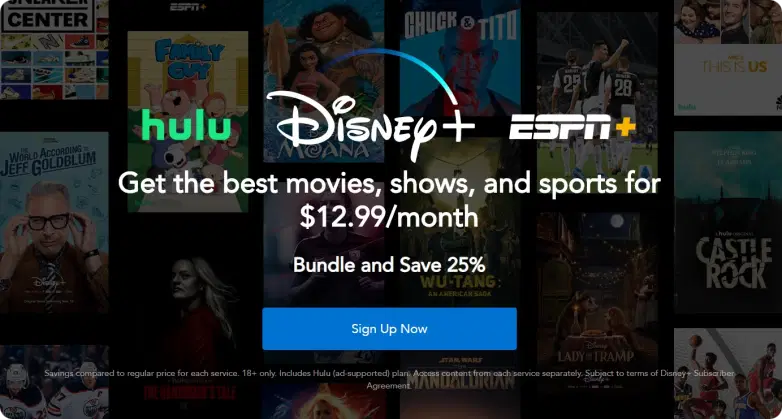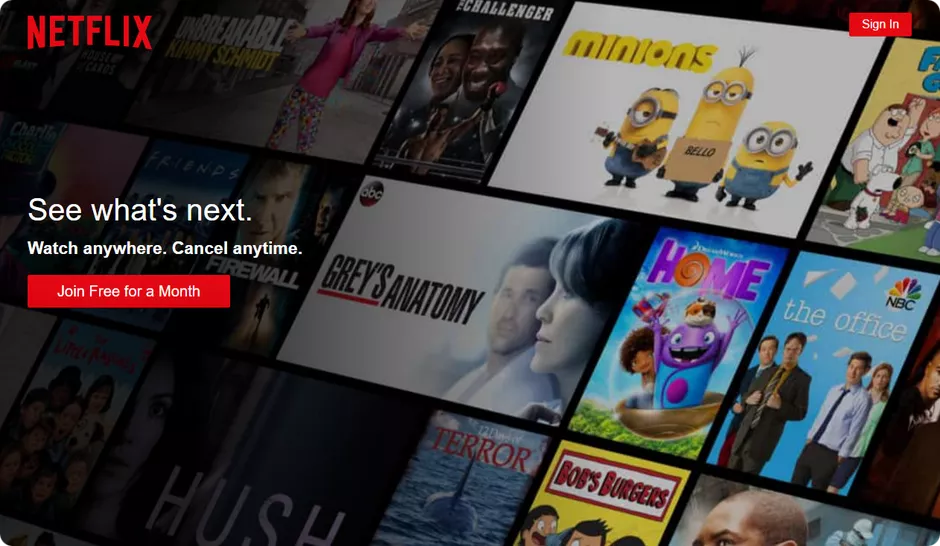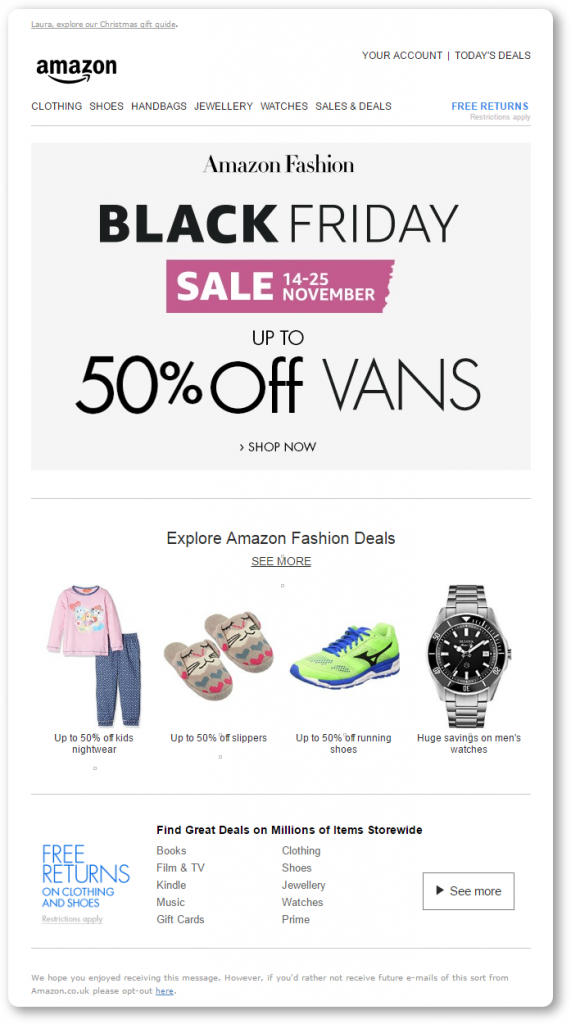Direct response marketing
Marketing expenses of big corporations are mind-boggling — you can compare these with the GDP of a small country or the cost of a space rocket. Imagine: in just one quarter, Disney can spend $245 million on advertising alone!
CMOs of various US companies say marketing expenses fluctuate between 6.5 to 11% of revenue. Moreover, in case of downturn or stagnation, marketing budgets are usually cut last.
Judging by these statistics, it’s clear that handling marketing is expensive. Does it mean that without investing millions in it, you shouldn’t even dream about leads and sales? Of course, not. But you need to consider different promotion options, and direct response marketing is one of them.
What is direct response marketing?
Direct response marketing is a promotion tactic aimed to evoke an immediate desirable response from customers. This responsive action may be in whatever form — registration on the website, filling in a particular contact form, visiting a web page, or adding products to an online shopping cart.
Oftentimes, the target action is to purchase something or download the promoted app. This is why the transition from lead to sales happens almost instantly.
What is the difference between direct response and traditional marketing?
Direct response marketing is opposite to traditional marketing theories.
The latter can be summarized this way: customer’s purchase decision develops gradually, and sales are preceded by a long process of brand building.
Meanwhile, in direct response marketing, sales can be generated in momentum. All you need to do is come up with the right call to action for the right audience at the right time.
It’s all about hitting the bull’s eye. Instead of a prolonged preparatory stage of building brand awareness, in some cases, it’s more practical to create strong proposals that make people want to buy immediately.
You can draw a parallel with impulsive purchases in a physical store. Merchandisers usually place small cheap goods near the checkout, such as chocolate bars, gums, or Coke. Every time people stand in a queue, they tend to grab some of these snacks.
In this model, consumers’ choice isn’t made by a deliberate decision; rather, it’s due to the timeliness and convenience of a proposal. A similar idea is at the core of direct response marketing — to make an offer the client wouldn’t refuse.
Direct response marketing aspects
Direct response marketing offer usually includes three essential aspects:
1. The product
Your offer is not just a commodity or a service itself — it’s a combination of quality, price, discounts, purchasing terms, additional maintenance, time to finalize buying deals, etc. There are no minor details when it comes to immediate selling — petty overlooking may break the entire scheme.
2. The argumentation
Aside from what you ask to do, there should be solid arguments of why the customer should do what you ask. To put it simply, you have to highlight the benefits. Use either financial or reputation perks to push the purchase, or their combination. The only matter is to choose benefits that are fairly relevant to your target audience.
3. The call to action
The third crucial aspect for direct-response offers is a call to action. “Sign up to get $10 free,” “Start 7-day free trial,” “Download from App Store,” “Claim 50% discount” — use self-explanatory CTAs and avoid boring phrases like “Click” or “Buy.”

Disney Plus campaigns are one of the best direct response marketing examples. Their promotional message for a subscription plan includes all three aspects:
- What is being offered? – “Movies, shows, and sports.”
- Why should you choose to subscribe now? – “Save 25%.”
- And the precise call to action – “Sign Up Now.”
Disney’s competitor, Netflix, also keeps up. Its “See what’s next” campaign can be put at the top of the best-designed direct-response messages.

Netflix marketers have defined two perks — the opportunity to watch movies anytime from anywhere in the world. The bait to proceed with registration is a promise of one free month of a subscription.
Direct response marketing enables measuring ROI almost immediately. This is why its usage is highly recommended for SMEs and companies with low budgets on the advertisement.
6 components of the successful direct response marketing
Like any business operation, direct response marketing should either be effective or not carried out at all. Every company has its twitching formula, but if you’ve just started — design your instantly selling message with an eye on best practices:
1. Personalization
A successful point of any trading process is to communicate the relevant message to the right people. Even if you created the most helpful ad ever about dog food, displaying this to cats’ owners or pet-free audiences would be a waste of time and money.
Whichever communication channel you choose, make sure to target the right segments with your message.
2. Accuracy
Be specific in what you offer. Don’t promise a fortune or bring up arcane stuff — prepare 1 to 3 well-aimed competitive advantages and state them briefly and deftly. Or bring the accuracy and customization to the next level and include exact deals’ terms in individual selling messages.
That is what Amazon usually does throughout Black Fridays’ seasons. The service’s subscribers receive not only a notification about discounts but an exact percentage, for example, “Up to 40% off the best books…” Plus, a precise call to action, like “Upgrade phone starting from $0.01.”

3. Soft urgency
Limited offer’s time frames are the greatest incentive to accept it. When you create a message to get a direct response, slightly push customers to take action — use words:
- 7-days free trial
- This week/month
- Valid till [date]
- Claim now to get [an incentive].
Don’t try too hard; otherwise, you risk being too annoying or even spammy. If you use email campaigns, avoid adding spam trigger words either.
4. Measurability
Direct response marketing has vast opportunities for measuring, so don’t waste them. Before launching the campaign, develop an assessment approach — think of how to calculate CPC, CPA, CPI, and ROI.
5. Single call-to-action
Create messages without weighing them down. Too broad or complicated instructions are usually ignored, so do your best to make CTAs as straightforward as possible. The most preferable way is to include a self-descriptive button with the link you want the reader to follow.
6. Simple response
If your message leads to extra actions from the client, like filling in forms or registering on a website, ask for the necessary information only. Greediness over data and jumble info fields may make people drop down the filling-in process.
Wrapping up
Don’t stick to traditional marketing only. Since direct response marketing can be applied across many different channels, use it to generate a precise response from your targeted audience. It’s remarkably useful for startups and small companies as it lets you concentrate your modest resources where they are most likely to deliver results.
















